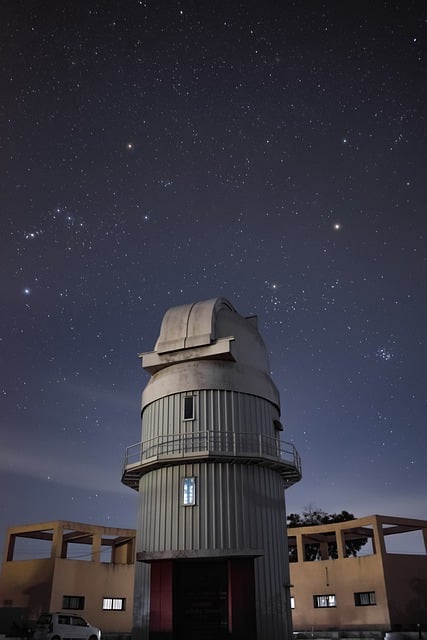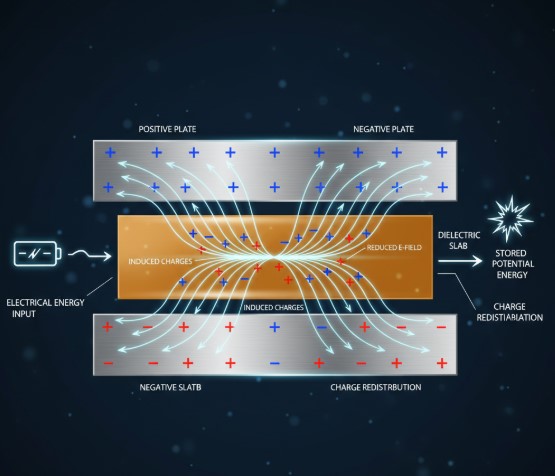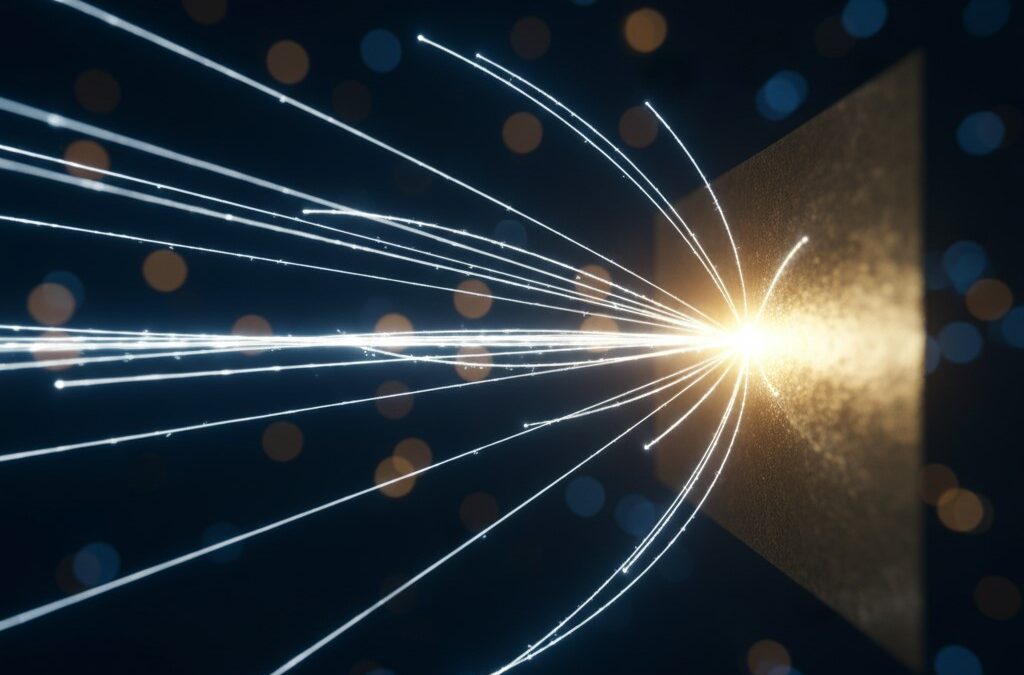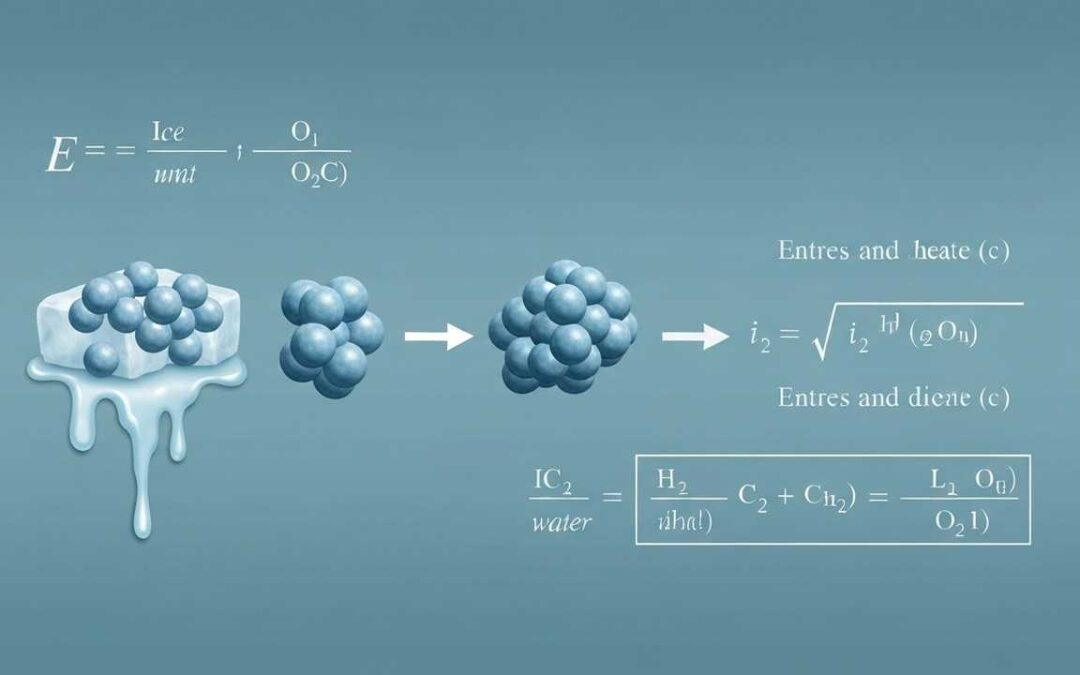This post delves into the SpaDeX mission, a pivotal moment in India’s space program. ISRO’s Space Docking Experiment, or SpaDeX, represents a crucial step toward achieving autonomous space docking. This mission is a key component of ISRO’s broader strategy to build its own space station by 2035. The mission’s success signifies a significant advancement in India’s space exploration ambitions.
Furthermore, the SpaDeX mission focuses on the rendezvous, docking, and undocking of two small spacecraft. This is a crucial technology demonstration, essential for future lunar missions and satellite servicing. Importantly, this mission is a cost-effective technology demonstrator, concentrating on the docking of smaller craft. This innovative approach underscores India’s growing prowess in space exploration, positioning itself as a key player in the global space industry. The mission’s success is a significant step toward more ambitious space endeavors.
Table of Contents
- Mission Objectives and Significance
- Technical Aspects of the SpaDeX Mission
- Payloads and Scientific Instruments
- Space Docking Experiment Details
- Future Implications of the SpaDeX Mission
- Potential Challenges and Mitigation Strategies
- Conclusion: A Landmark Achievement for ISRO
- Overall Assessment of the SpaDeX Mission
- SpaDeX Mission: A Crucial Step in India’s Space Exploration
We also Published
“The SpaDeX mission is a significant milestone in India’s space program, showcasing ISRO’s capabilities in space docking technology.”
The Indian Space Research Organisation (ISRO) successfully launched its Space Docking Experiment (SpaDeX) mission, a crucial step towards achieving autonomous space docking capabilities. This innovative mission marks a significant advancement in India’s space exploration program. The SpaDeX mission is a key component in ISRO’s broader strategy to establish its own space station by 2035, showcasing the agency’s commitment to developing cutting-edge space technologies. This mission is a cost-effective technology demonstrator, focusing on docking two small spacecraft.
The SpaDeX mission is a testament to ISRO’s dedication to space exploration. The mission’s primary objective is to demonstrate rendezvous, docking, and undocking technologies for two small spacecraft. This technology is essential for future lunar missions and satellite servicing, significantly expanding ISRO’s operational capabilities. This successful launch underscores India’s growing prowess in space exploration and its ambition to become a major player in the global space industry.
Mission Objectives and Significance
The primary goal of the SpaDeX mission is to demonstrate the technology needed for precise maneuvers such as rendezvous, docking, and undocking of two small spacecraft. This mission is critical for future space missions, particularly lunar missions, where autonomous docking is essential for successful operations. This mission is a precursor to more complex space operations, like the construction of a space station, which will require precise docking and maneuvering capabilities.
The SpaDeX mission is more challenging than docking larger spacecraft due to the precision required for smaller spacecraft. This mission is not only a technological demonstration but also a stepping stone towards more ambitious space exploration endeavors. The mission’s success will pave the way for future advancements in space docking, enabling more complex and intricate space missions.
Technical Aspects of the SpaDeX Mission
The PSLV-C60 rocket successfully launched the two small spacecraft, SDX01 (Chaser) and SDX02 (Target), into their designated orbits. The mission’s technical aspects include precise navigation, orbital mechanics, and the coordination of spacecraft maneuvers. The successful launch demonstrates the technical prowess of ISRO’s engineers and scientists.
The SpaDeX mission showcases ISRO’s ability to develop and implement sophisticated space technologies. The mission’s success highlights the importance of precise calculations and control systems in space missions. The mission’s success is a testament to the meticulous planning and execution of the mission’s technical aspects.
Payloads and Scientific Instruments
The PSLV-C60 mission carried various payloads, including 14 from ISRO and 10 from academic institutions. These payloads will be deployed in different orbits after the launch, contributing to scientific research and technological advancements. The mission’s success opens new avenues for scientific exploration and technological development.
The payloads carried on the SpaDeX mission are crucial for gathering data and conducting experiments in space. The mission’s success allows for the deployment of these payloads into specific orbits, enabling a wide range of scientific research. The diverse range of payloads highlights the mission’s multi-faceted approach to scientific exploration.
Space Docking Experiment Details
The SpaDeX mission focuses on the development and demonstration of space docking technologies. The mission involves the precise rendezvous and docking of two small spacecraft, which is a significant step towards autonomous space docking. This mission is critical for future space missions.
The mission’s detailed design and execution demonstrate the meticulous planning and execution of space missions. The successful docking of the two spacecraft will provide valuable data for future space missions. The mission’s details provide a comprehensive understanding of the technical challenges and successes involved in space docking.
Future Implications of the SpaDeX Mission
The SpaDeX mission has significant implications for future lunar missions and satellite servicing. It demonstrates the feasibility of autonomous docking, a crucial technology for future space missions. This mission is a stepping stone towards future space station construction.
The mission’s success will pave the way for future space station construction and other complex space missions. The technology developed during the SpaDeX mission will be crucial for future space exploration, enabling more complex and ambitious projects. The mission’s implications extend beyond the immediate goals, laying the groundwork for future advancements in space exploration.
Potential Challenges and Mitigation Strategies
The SpaDeX mission, while challenging, is designed to address potential difficulties in space docking. The mission’s design incorporates robust mitigation strategies to ensure success. This mission highlights the importance of contingency planning in space missions.
The mission’s success is a testament to the careful planning and execution of the mission. The mission’s design incorporates robust mitigation strategies to address potential issues. The successful launch and subsequent operations underscore the importance of thorough planning and contingency measures in space missions.
Conclusion: A Landmark Achievement for ISRO
The SpaDeX mission is a significant achievement for ISRO, showcasing its capabilities in space docking technology. This mission is a precursor to more complex space missions, including the construction of a space station. This mission is a testament to ISRO’s commitment to space exploration and technological advancement.
The SpaDeX mission’s success is a landmark achievement for ISRO, demonstrating its prowess in space technology. This mission sets a new benchmark for India’s space exploration capabilities and paves the way for future advancements in the field. The mission’s successful completion is a testament to the dedication and expertise of ISRO’s engineers and scientists.
Overall Assessment of the SpaDeX Mission
The SpaDeX mission is a significant milestone in India’s space program. The mission’s success is a testament to ISRO’s technological advancements and commitment to space exploration. The mission’s success is a positive indicator for future space missions.
The SpaDeX mission is a testament to ISRO’s commitment to space exploration and technological advancement. The mission’s successful launch and subsequent operations mark a significant step forward for India’s space program. The mission’s overall assessment is highly positive, highlighting ISRO’s capabilities and future potential.
| Aspect | Summary |
|---|---|
| Mission Introduction | ISRO’s SpaDeX mission successfully launched, demonstrating autonomous space docking capabilities, a crucial step towards a future space station. |
| Mission Objectives | Demonstrate rendezvous, docking, and undocking technologies for two small spacecraft. Essential for future lunar missions and satellite servicing. |
| Technical Aspects | Precise navigation, orbital mechanics, and coordination of spacecraft maneuvers for SDX01 (Chaser) and SDX02 (Target) spacecraft. Successful launch by PSLV-C60. |
| Payloads | Multiple payloads (14 ISRO, 10 academic) deployed for scientific research and technological advancements. |
| Space Docking Experiment Details | Focuses on precise rendezvous and docking of two small spacecraft, a significant step towards autonomous space docking, crucial for future lunar missions and space station construction. |
| Future Implications | Significant implications for future lunar missions, satellite servicing, and space station construction. Demonstrates feasibility of autonomous docking. |
| Potential Challenges & Mitigation | Potential difficulties in space docking addressed by robust mitigation strategies in the mission design. |
| Overall Assessment | Significant milestone in India’s space program, showcasing ISRO’s technological advancements and commitment to space exploration. |
| Key takeaway | The SpaDeX mission is a landmark achievement, highlighting ISRO’s capabilities and paving the way for future advancements in space exploration. |
SpaDeX Mission: A Crucial Step in India’s Space Exploration
- ISRO’s SpaDeX mission is a game-changer for India’s space program, marking a pivotal step toward autonomous space docking. This is a really important milestone, especially considering ISRO’s goal of building a space station by 2035.
- The mission focuses on the critical technology of rendezvous, docking, and undocking two small spacecraft. This is essential for future lunar missions and servicing satellites, making it a crucial demonstration of capabilities.
- A key takeaway is that SpaDeX is a cost-effective technology demonstrator. This innovative approach allows India to focus on smaller-scale docking first, which is a smart strategy for building up expertise and resources before moving to larger-scale projects.
- The mission’s success significantly boosts India’s standing in the global space industry, positioning it as a key player in future space exploration endeavors. This is huge for India’s reputation and future space ambitions.
- The technical aspects of the mission, including precise navigation and spacecraft coordination, highlight the sophisticated engineering behind the project. The successful launch of the PSLV-C60 rocket with SDX01 and SDX02 is a major accomplishment.
- The diverse payloads from ISRO and academic institutions underscore the mission’s scientific significance, expanding the potential for research and technological advancements. This is a great example of collaboration and the potential for broader scientific impact.
- The mission’s future implications are profound. Success will pave the way for future lunar missions, satellite servicing, and ultimately, the construction of a space station. This is a huge leap forward for the future of space exploration.
- Finally, the mission’s meticulous planning and robust mitigation strategies demonstrate ISRO’s commitment to thorough preparation and risk management. This is crucial for the safety and success of any complex space mission.
We also Published
RESOURCES
- ISRO’s PSLV-C60 SpaDex successfully launched for key …
- SpaDEX: All you need to know about ISRO’s …
- ISRO reschedules Space Docking Experiment by 2 min
- ISRO to Sign off 2024 With Space Docking Experiment …
- ISRO Space Docking Experiment: Primary SpaDeX Spacecraft …
- Space docking experiment: Spacecrafts separated …
- Isro gears up for multiple launches; Spadex to demonstrate …
- ISRO Successfully Launches SpaDeX Mission For “In- …
- SpaDeX, India’s final Space Mission for 2024
- Space docking experiment Spacecraft injected into right orbit …
- SPADEX





0 Comments